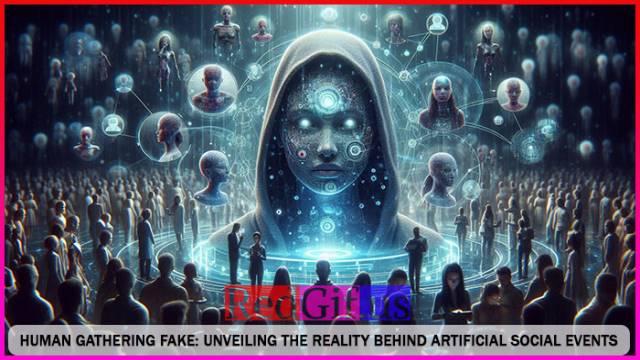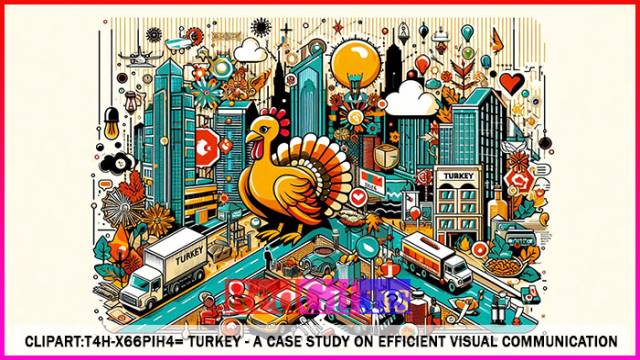Female Demon Names: Unveiling the Dark Mystique
Intro
For centuries we’ve been fascinated by the supernatural. Among the most interesting in myth and folklore are female demons. These are often depicted as powerful, sly and deadly, a mix of fear and fascination. This blog will explore female demon names, their origins, meanings and the myths surrounding them. We’ll use the P.A.S. (Problem, Agitation, Solution) framework to demystify these dark figures and give you a complete guide to understanding them in mythology and pop culture.
The Myth and Misconception of Female Demon Names
The problem with female demon names is the misinformation and myths surrounding their origins and meanings. Many people are drawn to these names because of their mystery, they encounter them in literature, movies or games. But the historical and cultural significance of these names is lost in the sensationalism.
For example names like Lilith or Jezebel are often portrayed as evil or corrupting forces but their stories are much more complex. Without context the history and cultural significance of these names can be misinterpreted or oversimplified.
The Consequences of Misinterpreting Female Demon Names
Misinterpreting female demon names means a shallow understanding of the cultures and stories they come from. This perpetuates stereotypes and misinformation, which not only diminishes the richness of the tales but also disrespects the cultures that created them.
For example Lilith, often referred to as a demon, has roots in ancient Mesopotamian mythology where she was a wind spirit before being transformed into a figure of night and chaos in later Jewish traditions. Her name and story has been twisted over time to demonize female independence and sexuality.
And Jezebel is often linked to promiscuity and wickedness but the real story of the historical Queen Jezebel of Israel is one of political power and religious conflict. Knowing the context of these names is key to understanding their meaning and the message.
A Guide to Female Demon Names
To really get the female demon names you need to understand their origins, meanings and the cultural context in which they emerged. Below we look at some of the most famous and interesting female demon names, and debunk the myths.
1. Lilith: The First Wife of Adam or a Symbol of Female Rebellion?
Origins: Lilith’s name is often linked to Hebrew tradition but her origins go back to Sumerian mythology. In those early stories she was a storm demon or wind spirit. Over time her image evolved, especially in Jewish folklore where she became the first wife of Adam who refused to submit to him and left Eden to become a demon.
Meaning: Lilith has become a symbol of female independence and rebellion. Her story has been reinterpreted in many ways, from seductress to feminist icon. To understand Lilith you need to go deep into the cultural shift that turned her from a benevolent spirit into a feared demon.
Case Study: In recent years Lilith has been reclaimed by feminist movements as a symbol of resistance against patriarchal norms. Her name appears in literature, music and art as a woman who won’t be defeated.
2. Jezebel: Queen to Wicked Woman
Origins: Jezebel was a historical figure, a queen of Israel in the 9th century BCE. Her name has been synonymous with wickedness and promiscuity because of the biblical story that portrayed her as a corrupting influence on her husband, King Ahab.
Meaning: The name Jezebel has become a byword for treachery and immorality but this is deeply rooted in the religious and political conflicts of her time. Jezebel was a foreign queen who promoted the worship of Baal, a rival god to the Hebrew God, making her a target for vilification.
Case Study: Modern reinterpretations of Jezebel often see her story as a product of political and religious propaganda. Some scholars argue her vilification was a way to demonise powerful women who challenged the norm.
3. Lamia: A Monster of Tragedy
Origins: Lamia was a queen of Libya in Greek mythology who became a demon when the gods took away her children. Driven mad by grief she became a child eating monster.
Meaning: Lamia’s story is one of tragedy and transformation. Her name is used to describe female demons or monsters, especially those who prey on children. But her story also has themes of loss and revenge common in ancient myths.
Case Study: In modern culture Lamia has appeared in many forms, from literature to film, often as a tragic figure rather than a purely evil one. This shows the complexity of her story and the enduring power of myth.
4. Hecate: The Triple Goddess of Witchcraft
Origin: Hecate is a goddess from ancient Greece, magic and witchcraft and the night. She was often depicted as a triple goddess, maiden, mother and crone.
Meaning: Not a demon in the classical sense, Hecate’s association with witchcraft and the underworld has made her a dark and scary figure. But in ancient times she was a protector and a guide for those who navigated the unknown.
Case Study: Hecate’s image has changed over time and she has been adopted by modern pagan and witchcraft communities as a symbol of female power and mystery. Her name still conjures the mystical and the powerful.
5. Succubus: The Demon of Desire
Origin: The succubus is a demon from medieval European folklore, a female who seduces men in their sleep. The name comes from the Latin word “succuba” meaning “paramour”.
Meaning: The succubus is used to represent the dangers of unbridled desire and the fear of female sexuality. But her story is also a reflection of medieval fears of sex and sin.
Case Study: In modern media the succubus has been reimagined in many ways, from a monster to a misunderstood being. This is a reflection of changing attitudes towards sex and the power dynamics between men and women.
Female Demon Names FAQ:
What do female demon names mean in mythology?
Female demon names reflect the cultural and societal fears of women, power and sexuality. These names have complex histories that are deeply embedded in the myths and folklore of different cultures.
Why are some historical figures like Jezebel considered demonic?
Historical figures like Jezebel are considered demonic because of religious and political narratives that sought to demonise them for their power, influence or for not conforming to societal norms.
Are female demon names used in modern culture?
Yes, female demon names are used in modern culture, mainly in literature, film and art. They represent themes like rebellion, independence and the darker aspects of human nature.







